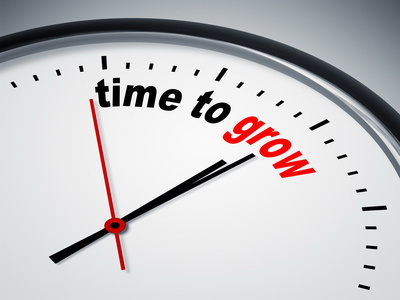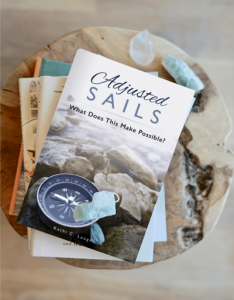 In this series we are talking about how we achieve a good rate of return on our investments outside of our money.
In this series we are talking about how we achieve a good rate of return on our investments outside of our money.
The reality is that where our money goes is really not our best indicator of what our future is going to look like.
Our priorities and choices in every part of our life are a factor.
What is in common across everything is that before we can have a return, we must invest.
You may be saying, Of course! I knew that. But in fact, the three areas we are going to explore together in many cases are not giving us the highest return possible because we are NOT really strategically investing in them. We may be experiencing them, but that is not the same as investing in them.
In part 2, we’re talking about ROL or Return on LEARNING. Are you a strategic learner? You can be curious, even a committed lifelong learner but again, while that is admirable (and important!) if we want a measurable return we have to have a clear intention AND investment.
It is in our learning strategy that we set our path for growth more than any other place. Here are five guidelines to help you as you create your own learning plan:
- Understand the difference between knowledge and skill and develop both. Gaining knowledge on a subject to deepen expertise gets a different priority than learning how to do something. Make sure that you know what success looks like once you have gained knowledge or developed a skill. What should you be able to do once you’ve achieved it?
- Devote a minimum of 30 minutes daily to expanding your knowledge in your area of expertise and influence. As experts, remember that our role is also to act as curator or distiller of a vast bank of growing knowledge and create continued value. Make certain that you are including both established experts/mentors and emerging voices in your area of expertise in your study.
- Include personal skill building and development in your learning plan. This area is what I’ve come to think of as life harmony. When we say life balance it infers some kind of equality in how we distribute resources and that doesn’t prove realistic for me. But harmony is something I can (and do!) embrace. Harmony means we are making a place for all of the threads in our life. And when they are in sync we make music! What interests you as a person? Italian cooking? A particular art medium? If time and money were not a factor, what would you want to learn? Make a way to learn that! If you care about something, study it and practice it.
- Learn alone and in groups. Having the ability to interact about what we are learning can be invaluable in seeing innovative ways to apply the newly acquired knowledge. If taking a class with others doesn’t appeal to you, consider joining a master mind where you will be able to gain new insights and learn from other business leaders in the group. Taking advantage of today’s global technologies and joining learning communities on-line is another approach. It has been my experience that group settings are often my best place for learning outside of my primary work. They become a social community as well because our shared interest generates an immediate bond.
- Have a learning vision log. Have you ever wanted to find the time to learn something and could never seem to do it? Getting those areas of interest committed to a learning vision log gives you a place to refer to when creating your learning plan calendar. The time you allocate to learning can then be prioritized based on what you want to know vs. whatever comes across your path. Not sure where to start? Here are three ideas:
-What skills or knowledge do you respect and admire in others?
-What do you hire others to do for you today that you find interesting?
-If you could only learn three new things in the next year, what would you choose?
Being strategic about our personal and professional growth can and should be fun as well as immensely rewarding!
REMINDER: Achieving a RETURN begins with making an INVESTMENT. And STRATEGY simply means beginning with the end in mind.
What do you want to know? What do you want to master? What will help you create your best self and the life you want to live?
Live (learn) today like you want tomorrow to be. Live (learn) well!





 In our businesses we talk about achieving a good rate of return on investment or ROI.
In our businesses we talk about achieving a good rate of return on investment or ROI. The news and social media threads have been filled lately with excitement about a particular movie. A movie many have been anticipating for a very long time.
The news and social media threads have been filled lately with excitement about a particular movie. A movie many have been anticipating for a very long time. You know the moment I’m talking about. You had it and you put it somewhere. Now if you could just remember where, you could get it back. You really need to find it. But it seems the harder you try, the more elusive it gets. Perhaps it’s your car keys, your glasses, a book, a bill, a favorite shirt. You had it and now you cannot find it. It can be frustrating, even a little maddening.
You know the moment I’m talking about. You had it and you put it somewhere. Now if you could just remember where, you could get it back. You really need to find it. But it seems the harder you try, the more elusive it gets. Perhaps it’s your car keys, your glasses, a book, a bill, a favorite shirt. You had it and now you cannot find it. It can be frustrating, even a little maddening.
 Personal development expert and author Brian Tracy teaches the value of zero based thinking. This practice invites you to re-examine choices based on the principal of evolving possibilities.
Personal development expert and author Brian Tracy teaches the value of zero based thinking. This practice invites you to re-examine choices based on the principal of evolving possibilities.

